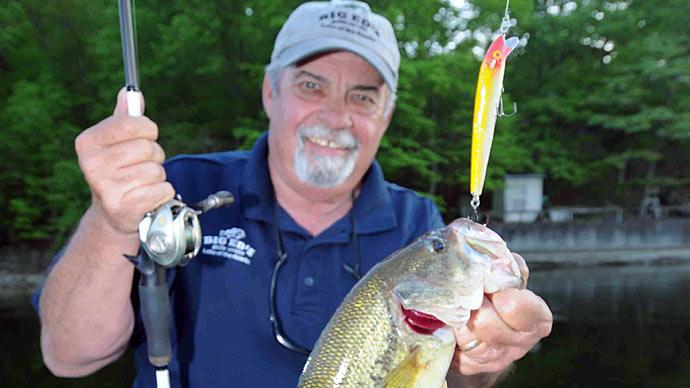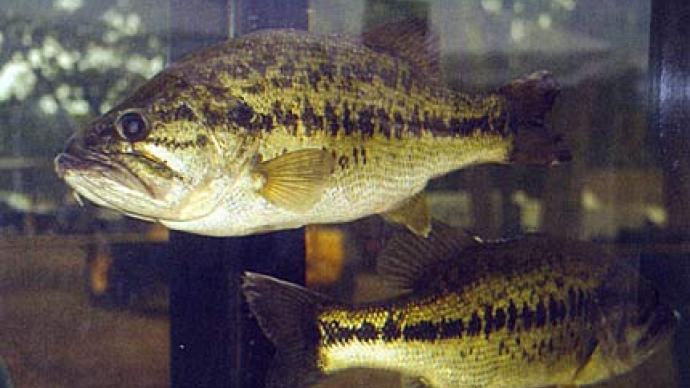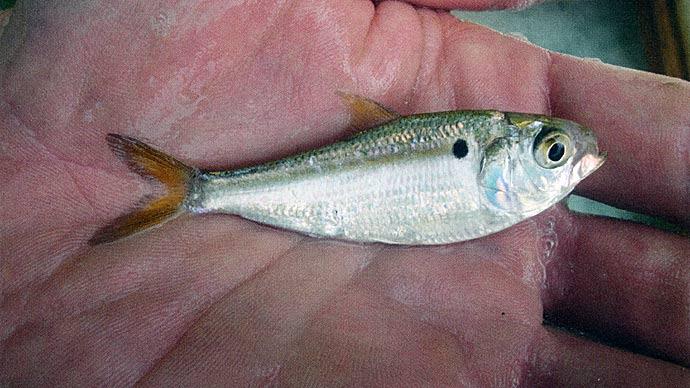
It never fails. I'll get a call, or an e-mail from someone wishing to stock bass into their pond. A quick quiz into their program often tells the tale. Had a call today..."! need to stock my new two acre pond with bass. How much are they?" My immediate response, "Have you stocked forage fish, yet?" Answer, "Yea, my neighbor gave me some bluegill from his pond. We stocked more than 100." Question, "Are you positive they were bluegill?" Answer..."Yes...well I think so."
Red flags...
Sunfish species.. .coats of many colors, fish of many hats, and more than a handful of names.
Bream, chinquapins, perch, sac-a-lait, slicks, brim, gills...a handful of regional colloquial names for saucer shaped fish we collectively know as "sunfish."
To know different species of sunfish is to understand them. Understanding leads to better decisions how to use these colorful fish.
Understand this..there are a minimum of 15 species of sunfish commonly found in and around ponds across this great nation. But, more importantly, only three or four are useful in pond management. That's not to say other species can exist, and do no harm. They can. But, if you pick the wrong sunfish for the wrong application, your pond may not tell you about it for years.
Bluegill are head and shoulders above the choice of pond managers. Bluegill are the backbone of large-mouth bass populations, all over the country. Goals to raise largemouth bass? (largemouth bass are members of the sunfish family, by the way) Then you need bluegill. Bluegill reproduce more often than other species of sunfish, especially in the south. In northern states, bluegill may only spawn once, maybe twice during their short growing season. Bluegill are colony nesters, and aren't real picky about what to eat. An 8 inch bluegill has a mouth barely big enough to fit a pencil eraser. So, they don't directly compete with game fish. Some strains of bluegill grow larger than a pound and a half.
Redear sunfish, also called "shellcracker" in the southeastern states, or "chinquapin perch" in Louisiana, and heavily utilized in southern and southwestern states, and up into warmer regions along the eastern seaboard and Midwest. Redear eat macroinverte-brates, especially snails. They live in a different niche than their bluegill cousins. Single spawners each year, redear are an "insurance" policy as a forage. Like bluegill, redear have tiny mouths, limiting their ability to compete with game fish. Plus, where redear grow, they thrive, some as large as 14 inches, pushing a pound and a half. They don't like cold water, or ice.
Green Sunfish are found in most native watersheds in the nation. To not have green sunfish around you is the exception, not the rule. Green sunfish, called "slicks" in Arkansas, "yellow bellied perch" in other areas of the country, are iridescent green, with orange trim around their fins. With a big mouth, green sunfish are considerably more predatory than bluegill or redear. They compete directly with young game fish. Since they spawn once yearly, green sunfish aren't preferred. Plus, they don't grow much larger than your hand, so use as a game fish is limited.
We have all seen the advertisements for fish trucks coming to the local feed store. Hybrid bluegill are their choice most of the time, because hybrid sunfish live on a truck forever. Don't fall into the hybrid bluegill trap if your goals are to grow largemouth bass. Hybrid sunfish are that.. .hybrids. Hatcheries take female green sunfish, and cross them with male bluegill. The offspring are mules of the fish business. They are aggressive, grow quickly, and will push a pound to a pound and a half. But, don't expect them to reproduce. While some of the females have some viable eggs, 95% of hybrid sunfish are males. So, stocking these fish to provide a forage base is a mistake. If you use this fish, use it for its own merit, as a stand alone fish, maybe stocked in small ponds with channel catfish for diversity.
Next up, we have pumpkinseed sunfish. Often a staple native fish in the north, pumpkinseeds are a novelty in the Midwest and southern states. Pumpkinseeds can grow to 6-8 inches, maybe half a pound, but that's about it. They do little harm in ponds, and can't possibly outcompete bluegill.
Longear sunfish are another native species of sunfish which winds up in ponds from time to time. Colorful during spawns, longear sunfish may grow to five inches. They don't hurt anything, but don't contribute much, either.
Warmouth, also called "goggle-eye" and "rock bass" in some states, are another story. Thick across the back, soft flesh, dark color with speckles, warmouth compete directly as a predator. An 8 inch warmouth is a trophy, and it's mouth is larger than a quarter. Consequently, these fish can eat young fish, any species. Aggressive, fun to catch, some pond owners like warmouth. But, not many hatcheries sell them. They spawn once yearly, and survival rates of young are usually dim.
Believe it or not, both species of crappie are sunfish. Black crappie spawn less and grow larger than their white crappie cousins. But, neither fish is one of choice in small ponds. Crappie need big, deep water, with big, structure. They run together in schools, and feed just above the bottom of the food chain, consuming volumes of young fish. Crappie can eat so many young fish, the entire food chain can quickly come to a screeching halt.
As tempting as it may be, resist the urge to catch a bream, slick, sunfish... whatever... from your friendly neighbor's pond to toss into yours. Learn the different species, identify them, and based on your goals, decide which species to use. When you're educated about different sunfish, and make wise choices, go for it. But, if you don't know the fish, don't be surprised to learn the hard way, several years from now.
Reprinted with permission from Pond Boss Magazine



